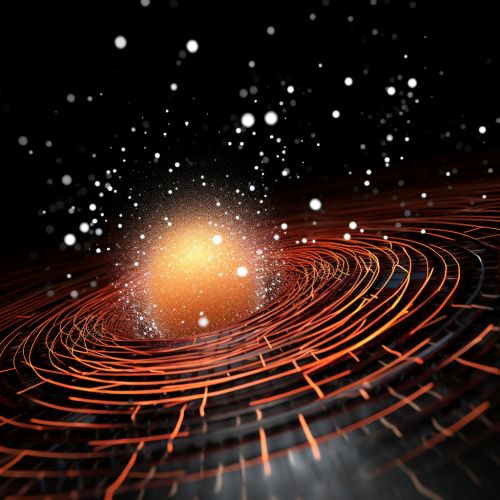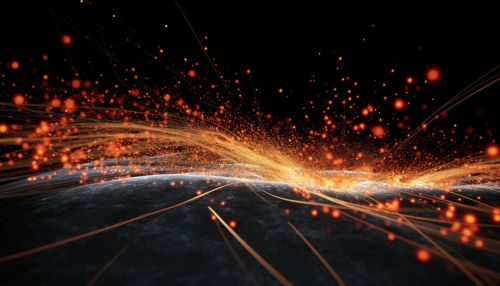Particle Filter
Introduction
A particle filter, also known as Sequential Monte Carlo (SMC) method, is a computational algorithm used in Bayesian statistics and signal processing to solve filtering problems arising in Bayesian inference when the system is nonlinear or the initial state and noise distributions are non-Gaussian. The particle filter provides a numerical approximation to the posterior distribution of the state variables given the observations.


Mathematical Background
The mathematical foundation of particle filters lies in the Bayesian statistical framework. In this framework, the state of a system is described by a probability distribution, which is updated over time as new observations are made. The particle filter algorithm approximates this distribution using a set of particles, each representing a possible state of the system.
Bayesian Framework
In the Bayesian framework, the state of a system at time t is represented by a random variable X_t. The prior distribution of X_t is denoted by p(X_t) and represents our knowledge about the state before observing any data. The observation at time t is represented by another random variable Y_t, and the likelihood function p(Y_t|X_t) describes the probability of observing Y_t given the state X_t. After observing Y_t, the posterior distribution p(X_t|Y_t) represents our updated knowledge about the state.
Sequential Bayesian Updating
In a sequential setting, the state of the system evolves over time according to a transition model p(X_t|X_{t-1}), and observations are made at each time step. The goal is to compute the posterior distribution p(X_t|Y_{1:t}) at each time step, where Y_{1:t} denotes the sequence of observations up to time t. This is done by first predicting the state at time t based on the previous state and the transition model, and then updating the prediction based on the new observation. This process is known as sequential Bayesian updating.
Particle Representation
In a particle filter, the posterior distribution p(X_t|Y_{1:t}) is represented by a set of N particles {x_t^{(i)}, i=1,...,N}, each with an associated weight w_t^{(i)}. The particles are drawn from the prior distribution, and their weights are updated based on the likelihood of the observations. The set of weighted particles provides a discrete approximation to the posterior distribution.
Algorithm
The particle filter algorithm consists of two main steps: prediction and update. In the prediction step, new particles are generated based on the transition model and the weights of the previous particles. In the update step, the weights of the particles are updated based on the likelihood of the new observation.
Prediction Step
In the prediction step, each particle x_{t-1}^{(i)} is propagated forward in time according to the transition model to generate a new particle x_t^{(i)}. This is typically done by sampling from the transition model p(X_t|X_{t-1}^{(i)}). The weight of the new particle is initially set to the weight of the old particle.
Update Step
In the update step, the weight of each particle x_t^{(i)} is updated based on the likelihood of the new observation Y_t. This is done by multiplying the old weight by the likelihood p(Y_t|X_t^{(i)}). After updating the weights, they are normalized so that they sum to one.
Resampling
After the update step, the particles may have very unequal weights, which can lead to a degeneration of the particle representation. To prevent this, a resampling step is often performed, in which particles with low weights are replaced by duplicates of particles with high weights. This ensures that the particle representation remains effective over time.
Applications
Particle filters have a wide range of applications in various fields, including robotics, computer vision, finance, and environmental science.
Robotics
In robotics, particle filters are used for robot localization and simultaneous localization and mapping (SLAM). In these applications, the state of the system represents the position and orientation of the robot, and the observations are sensor measurements, such as range or bearing measurements.
Computer Vision
In computer vision, particle filters are used for tracking objects in video sequences. In this case, the state of the system represents the position, size, and possibly other attributes of the object, and the observations are the video frames.
Finance
In finance, particle filters are used for estimating hidden variables in financial models, such as the volatility in a stochastic volatility model. The observations in this case are financial time series, such as stock prices or interest rates.
Environmental Science
In environmental science, particle filters are used for data assimilation in weather forecasting and climate modeling. The state of the system represents the atmospheric or oceanic conditions, and the observations are measurements from weather stations, satellites, or other sources.
